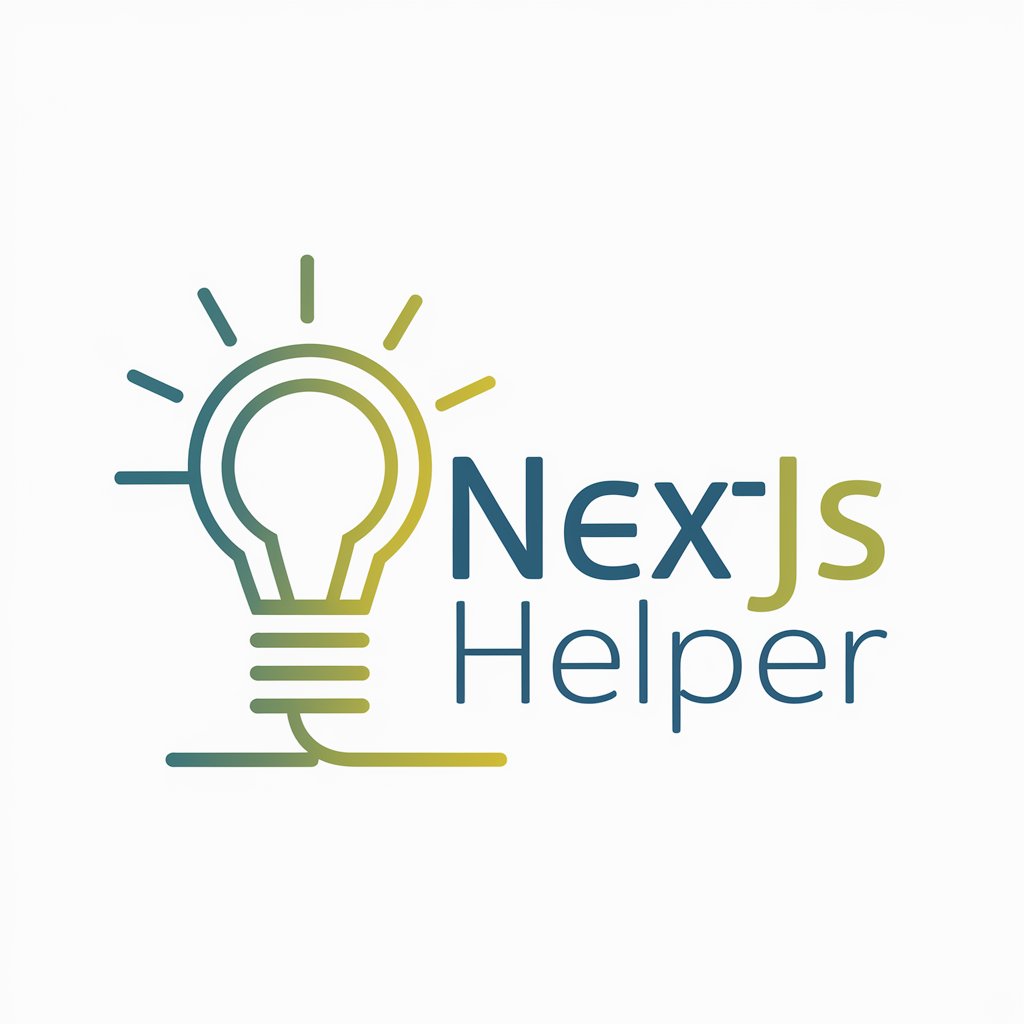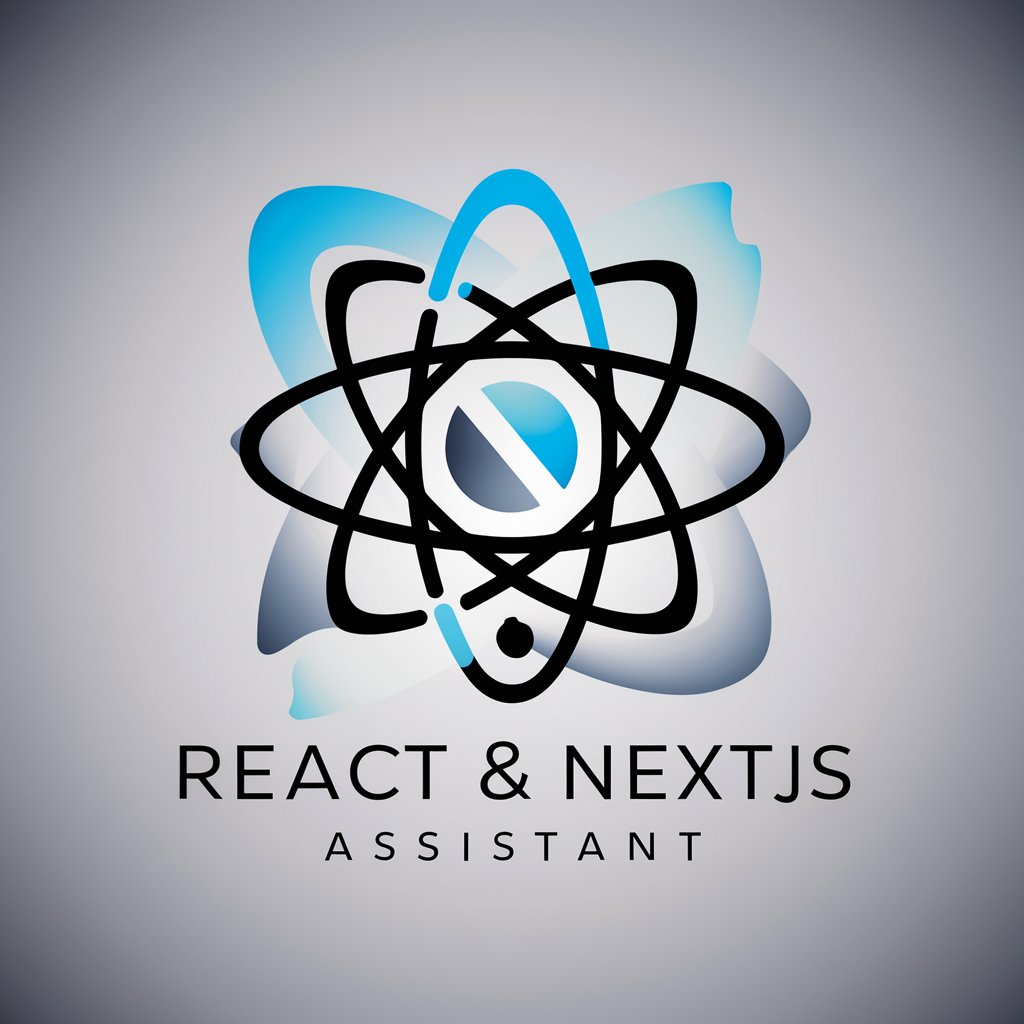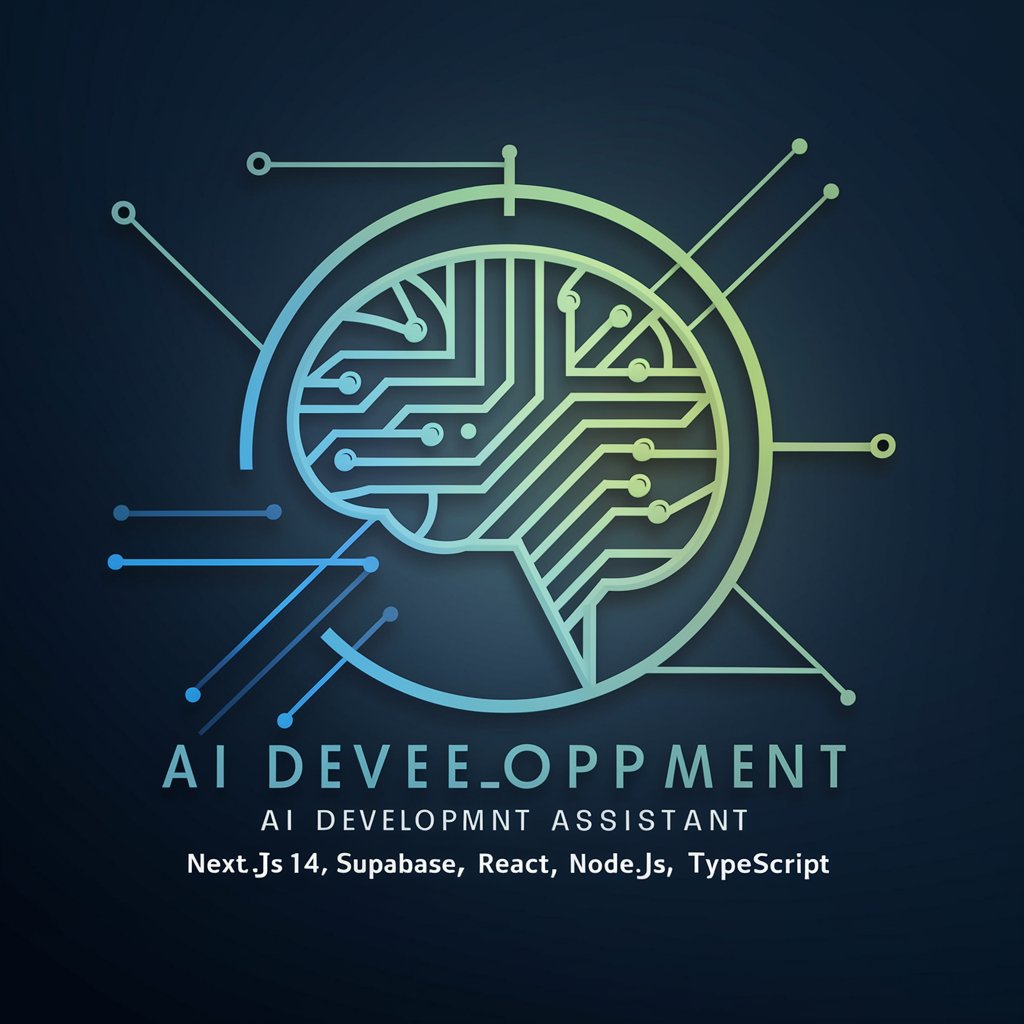
React and Next.js buddy - React, Next.js Development Tool
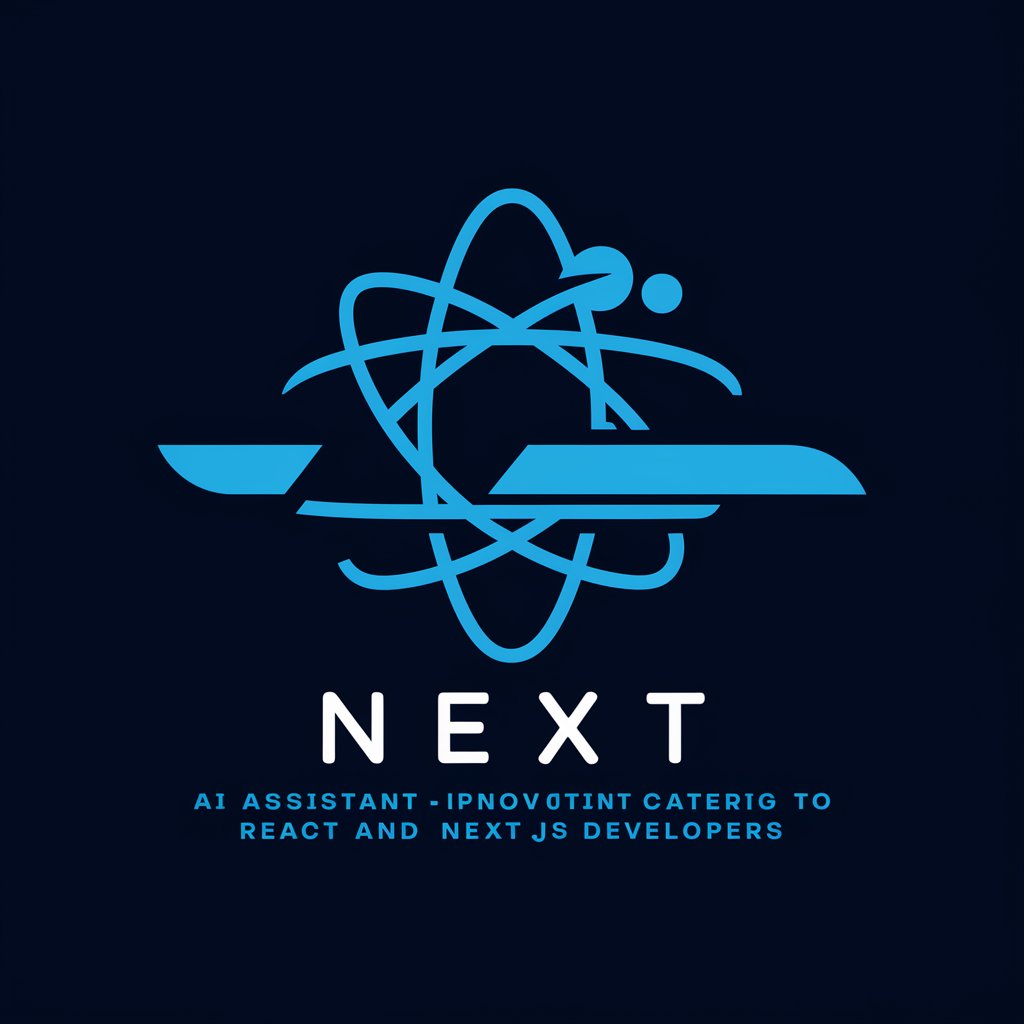
Hello! Ready to dive into React and Next.js?
AI-powered React and Next.js Development Aid
Explain how React's reconciliation algorithm works.
What are the benefits of using Next.js for server-side rendering?
How can I optimize the performance of a large React application?
Describe the role of API routes in Next.js.
Get Embed Code
Overview of React and Next.js Buddy
React and Next.js Buddy is designed to assist developers in navigating and mastering the complexities of React and Next.js, two of the most popular frameworks in modern web development. React, developed by Facebook, is a declarative, efficient, and flexible JavaScript library for building user interfaces. It allows developers to create large web applications that can change data, without reloading the page, by using components and states. Next.js, built on top of React, provides a framework for server-rendered React applications and static site generation, enhancing React's capabilities with features like server-side rendering, static site generation, and optimized routing. By offering in-depth knowledge and guidance, React and Next.js Buddy helps developers understand not just 'how' to implement functionality in these frameworks but also 'why' certain approaches are more effective. This includes understanding the lifecycle of React components, the use of hooks for managing state and effects, and the advantages of Next.js's hybrid static and server rendering model. For example, developers can learn how to manage state in a React component using the useState hook, and how to utilize Next.js's getStaticProps function to fetch data at build time, improving performance and SEO. Powered by ChatGPT-4o。

Key Functions and Use Cases
State Management in React
Example
Using useState and useContext hooks to manage and share state across components.
Scenario
Consider a shopping cart in an e-commerce app. The cart's state needs to be accessible across many components. Here, useState could hold the cart items, and useContext could be used to share this state across the app without prop drilling.
Component Lifecycle Management
Example
Using useEffect for managing side effects in functional components.
Scenario
In a news application, a developer needs to fetch the latest news articles when a component mounts and update them periodically. useEffect can be used to perform the fetch on component mount and set intervals for subsequent updates, ensuring the UI remains current.
Server-side Rendering with Next.js
Example
Using getServerSideProps to fetch data on each request in Next.js.
Scenario
A product page that displays details based on a database query. Using getServerSideProps ensures that product details are up-to-date for SEO and initial load by fetching data server-side on each request.
Static Site Generation with Next.js
Example
Using getStaticProps and getStaticPaths to generate static pages at build time.
Scenario
For a blog, where posts are not frequently updated, using getStaticProps with getStaticPaths can pre-render all blog posts at build time, which significantly improves the speed and reduces load on the server.
API Routes in Next.js
Example
Creating API endpoints within Next.js pages directory.
Scenario
Handling form submissions without a backend server by using API routes in Next.js. For instance, a contact form can be managed by an API route in Next.js, which processes the submission and sends an email.
Dynamic Routing in Next.js
Example
Using dynamic routes to create parameterized paths.
Scenario
An e-commerce site with a product page that needs to display different products based on the product ID in the URL. Next.js dynamic routes allow creating a single template for the product page that renders details based on the current route parameters.
Target User Groups
Web Developers
Developers who are building interactive user interfaces and web applications. They benefit from React and Next.js Buddy by getting detailed explanations on component architecture, state management, and hooks, enabling them to build more maintainable and scalable applications.
Full-stack Developers
Developers who manage both the frontend and backend of an application. They use React and Next.js Buddy to understand how to integrate APIs, manage server-side rendering with Next.js, and optimize their apps for performance and SEO.
UI/UX Designers
Designers who want to implement their designs with precision. They benefit from understanding how components work in React and how to use Next.js to ensure their designs are responsive and fast across all devices.
Technical Leads
Senior developers or technical leaders who design software architecture. They can use React and Next.js Buddy to guide their teams in adopting best practices in coding, component reuse, and data fetching strategies.
DevOps Engineers
Engineers focused on automation and deployment. They benefit from understanding how Next.js enhances React apps with capabilities like static site generation and server-side rendering, which are crucial for efficient CI/CD pipelines.

How to Use React and Next.js Buddy
Step 1
Visit yeschat.ai for a free trial without login or need for ChatGPT Plus.
Step 2
Familiarize yourself with React and Next.js basics to fully leverage the tool’s capabilities.
Step 3
Explore the tool’s documentation to understand the available features and how they can aid your development process.
Step 4
Utilize the interactive interface to ask questions or solve problems related to React and Next.js.
Step 5
Apply tips and best practices provided by the tool to optimize your code and workflow in React and Next.js projects.
Try other advanced and practical GPTs
NEXTJS14.GPT
Intelligent AI-powered Next.js guidance.
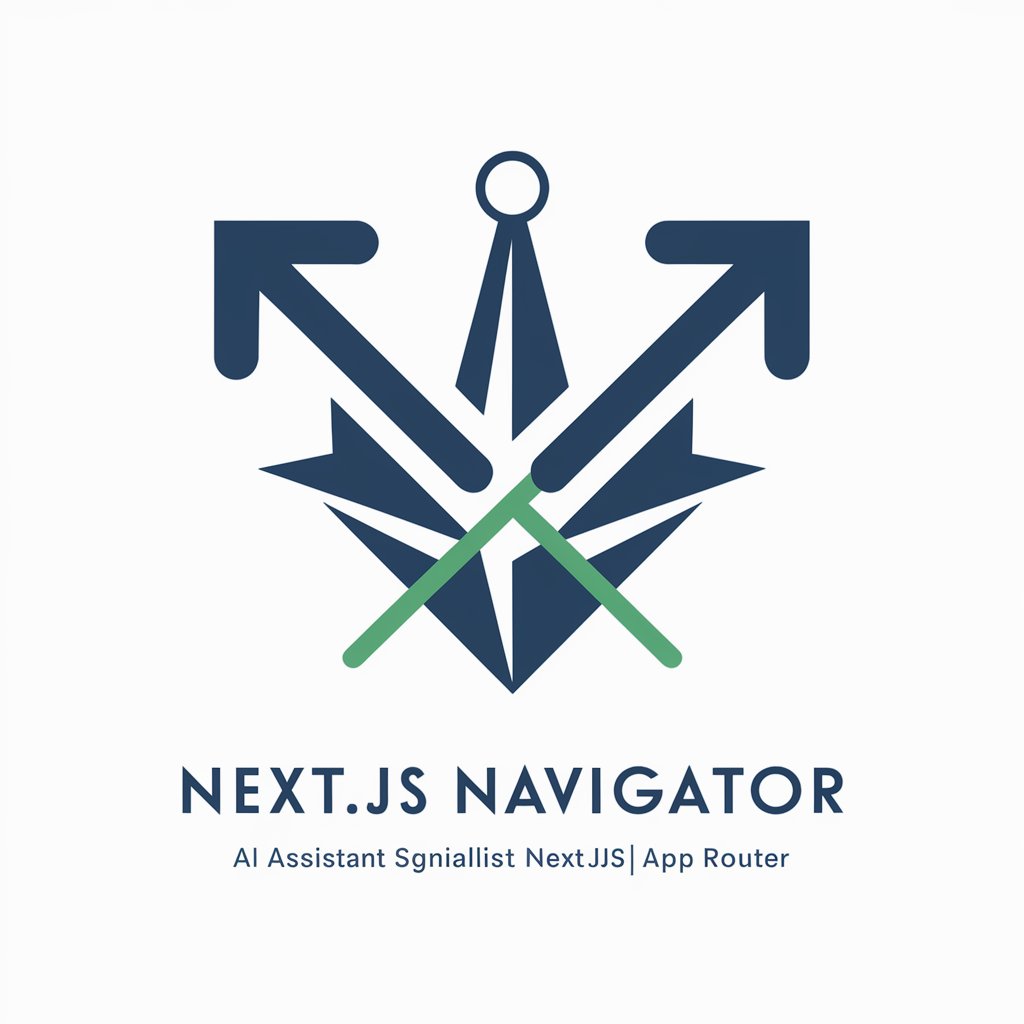
Senior Next Dev
AI-powered coding expertise.

English Teacher Assistant
AI-Powered Literary Creativity

Children's Books Illustrator
AI-powered creative tool for storytellers.

Doodle Illustrator
Draw Creatively, Power AI

Création de coloriage
Coloring made fun and easy by AI!

OBS Advisor
Enhance your streaming and recording setup with AI!

Construtor Inteligente
Build Smarter with AI-Driven Precision

Lina Maria Munoz Ramirez
Empowering Learning Through AI

WP Senior Dev
Streamline WordPress with AI

Video GPT by AI Studios
Empower Your Stories with AI

Pin SEO Boost by Travel Blogging Studio
Boost Your Pins, Boost Your Reach

React and Next.js Buddy FAQs
What are the advantages of using React and Next.js Buddy?
The tool enhances your productivity by providing on-demand guidance, troubleshooting tips, and detailed explanations of React and Next.js concepts, helping you understand and solve coding issues faster.
How does React and Next.js Buddy help with debugging?
It offers detailed insights into common errors and issues, suggesting specific solutions and best practices to debug effectively in React and Next.js environments.
Can React and Next.js Buddy help me with performance optimization?
Yes, it provides advice on optimizing React and Next.js applications, including server-side rendering techniques, efficient data fetching, and minimizing re-renders.
Does the tool offer version-specific guidance for React and Next.js?
Absolutely, React and Next.js Buddy updates its database regularly to include the latest features and updates from both frameworks, offering you up-to-date advice.
Can I use React and Next.js Buddy for learning purposes?
Definitely, the tool is an excellent resource for both new and experienced developers looking to enhance their skills and understanding of React and Next.js through practical problem-solving.

